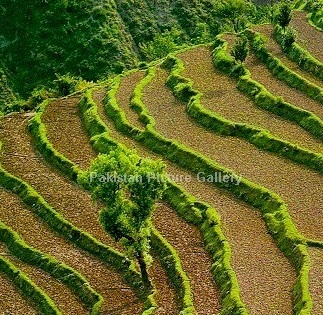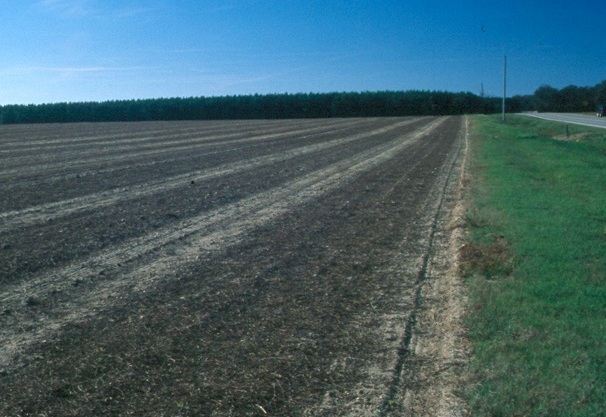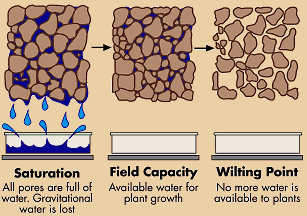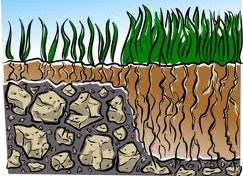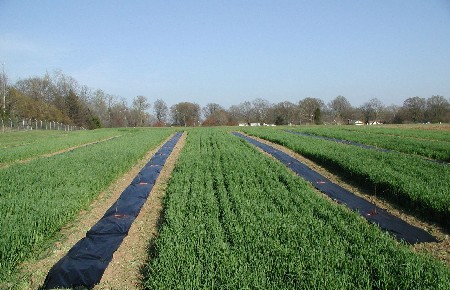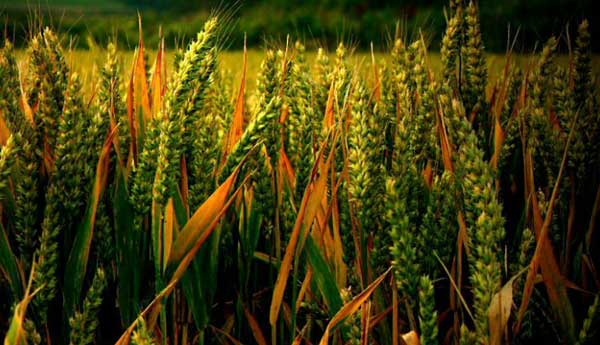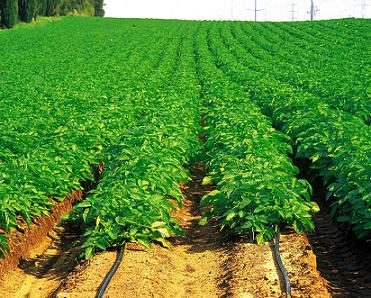Definition:
"Environ" means "surrounding" and "ment" means "action". The meaning of the word "Environment" is the surrounding of an organism.
It denotes the total sum of physical, chemical and biological factors that directly influence the survival, growth, development and reproduction of living organism.
Environment has two parts;
- Biotic Part:
It is made of all living organisms which includes, plant, animals, birds, micro- organisms etc.
- Abiotic Part:
Also Called physical environment. It is the non-living components of environment which includes, light, water, temperature, humanity, soil, air etc.
Types Of Environments:
Environmental Science:
It can be defined as the scientific study of the earth, air, water, living organisms and the man with his impact on environment.
Environmental Engineering:
It can be defined as the application of engineering principles, to the protection and enhancement of quality of environment, public health and public welfare.
For Example, the environmental engineer plans, designs, constructs and operate sewage treatment plant, water treatment plant, air pollution control equipments etc.
Environmental Studies:
It can be defined as branch of study concerned with the environmental disturbances and the minimisation of their impacts through changes in the society (social sciences).
Importance of Environmental Studies:
(Environmental protection starts by creating awareness)
- It is very important for every person for self-fulfilment and social development.
- It helps to understand different food chains and ecological balance in nature.
- It helps to understand and appreciate how the environment is used for making a living and for promoting a material culture.
- It helps in appreciating and enjoying nature and society.
- It generates concern for the changing environment in a systematic manner for the future as well as immediate welfare of mankind.
- It directs attention towards population explosion, exhaustion of natural resources and pollution of environment and throws light on solutions.
Goals of Environmental education:
“To develop a world population that is aware of and concerned about environment as a whole and the problems associated with it, and committed to work individually as well as collectively towards solutions of current problems and prevention of future problems”
Primary objectives: (SPEAK Awareness)
- Skill: Acquire skills for identifying and solving environmental problems.
- Participation: To provide an opportunity to be actively involved at all levels in working towards the solution of environmental problems.
- Evaluation ability: Develop the ability to evaluate environmental measures and education programmes in terms of ecological, economic, social and aesthetic factors.
- Attitude: Acquire a set of values and feelings of concern; motivation for active participation to improve and protect environment.
- Knowledge: Gain a variety of experiences and acquire a basic understanding of the environment and its associated problems.
- Awareness: Acquire an awareness of the environment as a whole and its allied problems and sensitivity.
Components of Environment:
Atmosphere :
The thick, gaseous cover of air surrounding the earth is called atmosphere. It sustains life on earth by removing harmful cosmic and ultraviolet rays through absorption, maintaining heat balance, providing oxygen for respiration and carbon dioxide for photosynthesis.
It is the gaseous envelope surrounding the earth and extends upto 500 kms above the earth’s surface. The composition of the atmosphere is given in Table.
The Structure of the Atmosphere:
The atmosphere is broadly divided into four major zones viz. Troposphere, Stratosphere, Mesosphere and Thermosphere. Characteristics of these zones are pictorially represented below in Fig.

Troposphere:
Troposphere is the layer of air nearest to the ground. Temperature decreases with height. The average temperature drops from 15ºC at sea level to –56.5ºC at 11 km above sea level.
It contains 70% of the atmospere's mass. The density of the troposhers decreases with altitude. The air near the ground level is heated by the radiation from earth, but the temperature decreases uniformily with atlitude. this decrease of temperature with altitude is known as lapse rate.
Tropopause is the top of the troposphere, which is a transition layer between Troposphere and Stratosphere.
Stratosphere:
Stratosphere is the layer of air above the troposphere where temperature increases with height. The average temperature rises to –2.5ºC at 50 km above sea level. Ozone is found in higher concentrations between 20 and 30 km above the surface. Hence sometimes this layer is referred to as the “ozone layer”. Ozone absorbs radiant energy from the sun and hence warmer temperatures are encountered in the stratosphere.
Stratopause is the top of the stratosphere, which is a transition layer between Stratosphere and Mesosphere.
Mesosphere:
Mesosphere is the layer of air above the stratosphere where temperature decreases with height. The average temperature decreases to –90°C at 90 km. This is the coldest layer of the atmosphere. Mesopause is the top of the mesosphere, which is a transition layer between Mesosphere and Thermosphere.
Thermosphere:
Thermosphere is the layer of air above the mesosphere. The temperatures in the thermosphere increase with increasing height, but there are not many molecules in this layer. The air becomes less and less dense as we reach space.
Hydrospere:
This comprises all water resources both surface and ground water. The world’s water is found in oceans and seas, lakes and reservoirs, rivers and streams, glaciers and snowcaps in the Polar Regions in addition to ground water below the land areas. The distribution of water among these resources is as under Table.
The water locked up in the Oceans and Seas are too salty and cannot be used directly for human consumption, domestic, agriculture or Industrial purposes. Only less than 1% of water resources are available for human exploitation.
Lithosphere:
The upper layer of the earth's crust is called lithospere. It is made up of soil, minarals, rocks and other organic as well as inorganic matter. The lithosphere covers the crust of the earth and is extended up to 100 km.
Biosphere:
It is that portion of the earth's surface, hydrosphere and atmosphere where life exists. Biosphere is a biological environment where living organisms interact with physical environment, e.g. soil, water and air.







